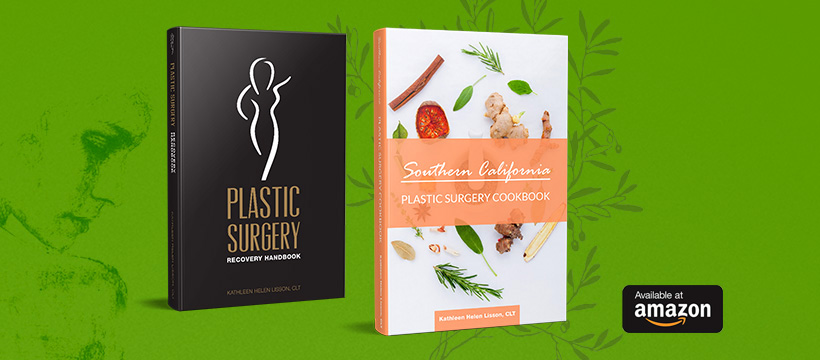Why do long distance runners keep on getting injured?
by Kathleen Lisson
As a long distance runner, I am learning so much at the Movement Performance Institute 'Evaluation and Treatment of the Injured Runner: A Biomechanical Approach' class taught by Christopher M. Powers from USC. The class is in Los Angeles, so I drove up from my home in San Diego for the weekend.
My top takeaways from day one include:
- Runners are tough clients - we are Type A, focused on maintaining and improving our conditioning and VO2 Max more than our musculoskeletal system.
- Runners injuries are based on the way we run and/or overuse a.k.a. how many steps we are taking.
- Runners are all too often focused on the 'quick fix.' We want to keep on running. Just fix it! But - do we treat underlying causes of our running injuries or just want to mask the symptoms so we can keep lacing up our shoes?
- Runners are always on the line between training and overtraining. When we overtrain too much, we risk injury and totally derailing our training schedule.
The four issues we face are:
Shock absorbtion, both passive and active- do we rely too much on passive shock absorption (bones, cartilage & shoes) and our quads to absorb the shock of pounding the pavement? This may lead to injuries like stress fractures, plantar fasciitis and joint pain.
Limb alignment and stability- do we have excessive hip adduction and internal rotation, how strong is our butt?
Pelvis and trunk stability- is our glute medius weak?
Foot alignment and stability- do we pronate?
We also learned about the top ten common running injuries, including patellofemoral pain, patella tendonitis, iliotibial band syndrome, trochanteric bursitis, low back pain, achilles tendonitis, shin splints, plantar fasciitis, stress fracturies and hamstring injuries.
I want to use this information to become a better running coach and sports massage therapist for my clients, getting runners out of pain and back to participating in activities they love.
According to the class overview: "Altered lower quarter mechanics can frequently contribute to various musculoskeletal conditions. Understanding how abnormal limb function can contribute to the mechanisms of specific joint dysfunction is essential for the evaluation and treatment of common orthopaedic disorders. This evidence-based course will review the anatomy and mechanics of the lower kinetic chain, particularly in relation to specific pathologies of the ankle, knee and hip. Emphasis will be placed on current research findings in the areas of gait analysis, lower limb function, and joint biomechanics. Implications for the evaluation and treatment of various musculoskeletal conditions will be addressed."
Learn more about the Movement Performance Institute here: http://movementpi.com/about-mpi/




